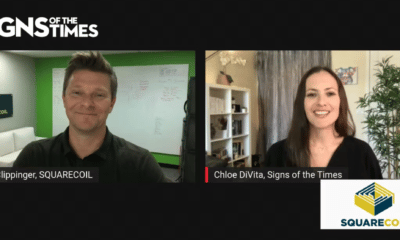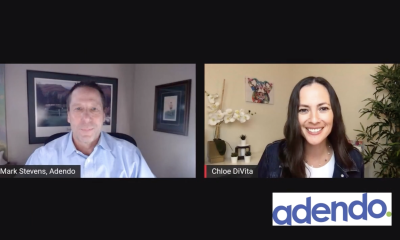A SIGNSHOP IS ONLY as efficient as the workers who occupy it, and the advantages of having a team of knowledgeable sign professionals on your production floor are numerous. Many of the basic sign designs a shop will produce including rectangular cabinets, channel letters and non-illuminated letters can be handled by workers with basic knowledge of sign manufacturing. However, even with the most basic of jobs there are tricks the more experienced workers have developed that can make a world of difference.
Large and extremely complex signs require a production staff with experience to execute them, but even the simplest signs can be produced more efficiently by a crew who has a depth of experience at their disposal. As the last of the Baby Boomers retire and Generation Z becomes the predominant share of the workforce, manufacturing businesses must prepare to adjust for a so-called “changing of the guard.” This of course includes signshops.
This predicament is discussed in a Forbes article on attracting Gen Z workers in which author Ethan Karp explains the following: “If manufacturers want to bridge the talent gap and overcome the challenges of an aging workforce, the industry will need to capture the attention of many more of … in Generation Z, the 13- to 26-year-olds that are quickly coming of working age. Manufacturing is on track for 2.1 million unfilled jobs by 2030, when the last Baby Boomers — currently making up about a quarter of manufacturing’s workforce — will reach retirement age.” Within the next five to 10 years we must prepare ourselves to not only attract and hire younger workers, but also to retain them and ensure the knowledge our current staff possesses is passed on to the next generation.
Advertisement
Attracting New Talent to Your Signshop
As the younger generation takes over the workforce, employers must adapt to a changing labor landscape as social and economic differences drive younger, college-educated workers to want different things out of life and their careers. An article by McKinsey & Company on hiring and keeping Gen Z in the manufacturing workforce discusses some of the driving factors behind the younger generation’s career choices. Three stand out: the importance of security and respect for their contributions, a focus on having meaning in their work, and although compensation was still a top factor, it was not as high on the list as for other age groups.
Keeping these differences in mind, small and medium-sized signshops are presented with an opportunity to adapt their hiring practices and ideas about compensation to this new generation. As shop leaders we must understand what is valuable to incoming talent to ensure we can keep them motivated, invested in their work and passionate about the company. Retention becomes even more vital when we look at the importance, but also difficulty, of transferring cardinal knowledge from the outgoing workers to the new ones.
Efficiently Handling the Knowledge Transfer
Employees who have worked in signshops for all or most of their professional careers have a wealth of knowledge and experience pertinent to building signage. The obvious advantage of having experienced employees comes to light when large, complex or difficult-to-light signs make their way to your production floor, but there are also practices coming from experience that make even trivial signs like block-style channel letters roll through your shop more smoothly.
The knowledge and tips these older employees possess must be willingly passed down to the next generation, the keyword being “willingly.” People can feel threatened when asked to share knowledge and skills they have developed over a career with a new employee, and forcing them to do so will not produce the desired result. As a manager you must let this process develop slowly over time as the new employee proves they are willing to put in the effort and care about their work. Identify the natural leaders within your group of seasoned employees and pair them up with promising new talent. This will not only ensure sign building knowledge is preserved, but will also show the new employee they are valued and are making progress as a sign professional.
EDITOR’S NOTE: Jameson and three other sign professionals share further thoughts on hiring and retaining new, young employees in an upcoming article to be featured in the Signs of the Times January 2025 issue. Be sure to look for it!
Advertisement

 Real Deal2 weeks ago
Real Deal2 weeks ago
 Ask Signs of the Times1 week ago
Ask Signs of the Times1 week ago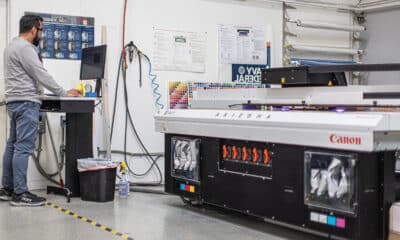
 Buzz Session1 week ago
Buzz Session1 week ago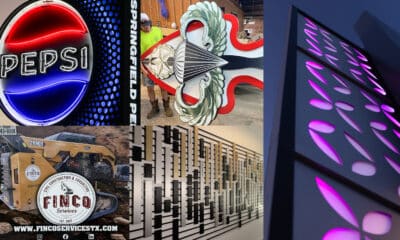
 Benchmarks1 week ago
Benchmarks1 week ago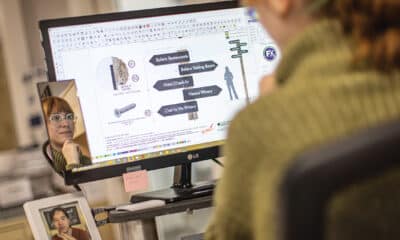
 Tip Sheet2 weeks ago
Tip Sheet2 weeks ago
 Signs of the Times5 days ago
Signs of the Times5 days ago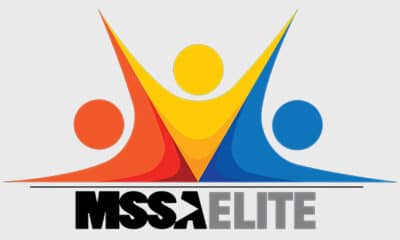
 Jameson Parker1 day ago
Jameson Parker1 day ago
 Inbox5 days ago
Inbox5 days ago






